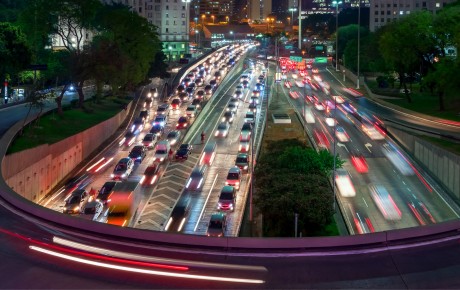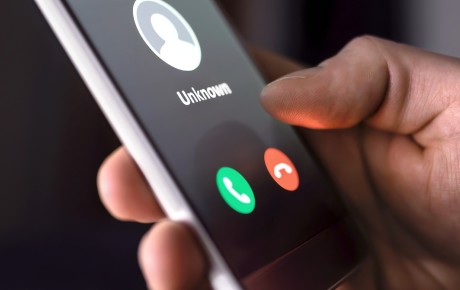
The reality of social media kidnappings
Generational wealth across the globe has evolved and it’s no different when you look at Latin America. Economic and political conditions have changed and with that, comes opportunity.
The entrepreneurial spirit in Latin America is vibrant, with many individuals leveraging creativity and ambition to generate wealth in innovative ways. While traditional industries continue to play an important role, there's a growing trend of building online platforms to create new opportunities. The shift to social media is apparent and people are thriving from it.
However, young Latin American social media influencers are sharing their lifestyles with their online followers, and with this comes risk. Some believe there is no such thing as bad publicity, especially those trying to build a career in social media. However, this is not the case in regions where kidnapping and robberies are prevalent.
Latin Americans are making a name for themselves on social media and the world is watching their every move. Whether it’s sharing images of themselves with expensive watches, jewellery and cars or going on luxury holidays, their lives are very exposed. However, criminals have also embraced the social media age. An example of this was in March 2024 when YouTuber, YourFellowArab, was kidnapped in Haiti for a ransom demand of $600,000.
Descendants of wealthy families in Latin America who want to build a profile online are having to go against their parents’ guidance and advice, says Elman Myers, Senior Consultant at Hiscox Crisis Management. “In the past, wealthy people in countries where kidnapping is a real threat would keep a low profile, but the rise of social media has changed all of this.”
Too much exposure
Criminals exploit the details shared online to map out individuals' habits and routines. This information aids them in devising plans for robbery or kidnapping. Social media has facilitated virtual kidnappings, where criminals use personal details to deceive friends and family into thinking a loved one has been kidnapped and a ransom is required for their release.
“We believe people’s online posts are also being used by criminal gangs to gather intelligence about them as potential extortion targets,” says Myers. “Details such as where they live and the places they’ve recently visited, which car they drive, what their children or pets are called can all be fairly easily gleaned from their social media accounts and used in a virtual kidnapping when in fact it’s a scam and the person is safe and well.”
Impersonation scams, known as cuento del tío, or “your crazy uncle’s story”, are on the rise in Latin America as criminals turn to AI to make very believable deepfakes. They use audio clips of a target’s voice, taken from their YouTube, Instagram, and WhatsApp accounts, to feed them into apps which produce voice recordings that even the target’s nearest and dearest find hard to spot as being fake.
Online professionals also being targeted
It isn’t just influencers who are at risk. Those who use the internet to work or buy and sell items are also being targeted. Seven in ten of all express kidnappings carried out in Venezuela in 2021 came from fake car sales advertisements on social media, the police said. Criminals would arrange a meeting with a buyer, often in a remote location, where they would be robbed or kidnapped.
The same ploy is being used to trick professional consultants. “We’ve seen interior decorators, florists, architects and real estate agents being lured to fake business appointments made online with people who they think are potential clients but who turn out to be kidnappers,” says Myers.
What you can do to protect yourself
So, how can you reduce the risk of being robbed or kidnapped? “The first step is to acknowledge that you are at risk,” says Myers. “Aspiring influencers should be aware that among their followers, there may be individuals with malicious intent. Don’t ignore the threat.”
If building your social media career means that you can’t lower your profile, then make yourself a harder target, explains Myers. “Balance the demands of building your online profile with the need to protect yourself. Try to avoid telling followers that you will be in a specific place at a particular time; instead, tell them where you’ve been, rather than where you’re going. Or either hide or widen your location when sharing photos, to make it harder for people to identify where you are.”
If you consider yourself a potential target, then think about what else you can do to protect yourself. “You could speak to other influencers about what security measures they take. Also, it’s worth discussing the threat with your family. Some Latin Americans have been lucky to grow up in an era of relatively high wealth and social and political stability. But there’s now an increase in unrest and disorder of the kind that their parents knew only too well, when kidnapping was an ever-present fear,” says Myers.
Kidnap and ransom insurance offers an extra level of protection. It needn’t be an influencer who takes out a K&R policy. Their parents or grandparents could extend their own policy to cover them. “We’re often asked by our clients what they can do to ensure their children’s and grandchildren’s safety, as they’re worried because they have a large online profile, so extending cover to other family members is something we’re very used to doing,” Myers says.



